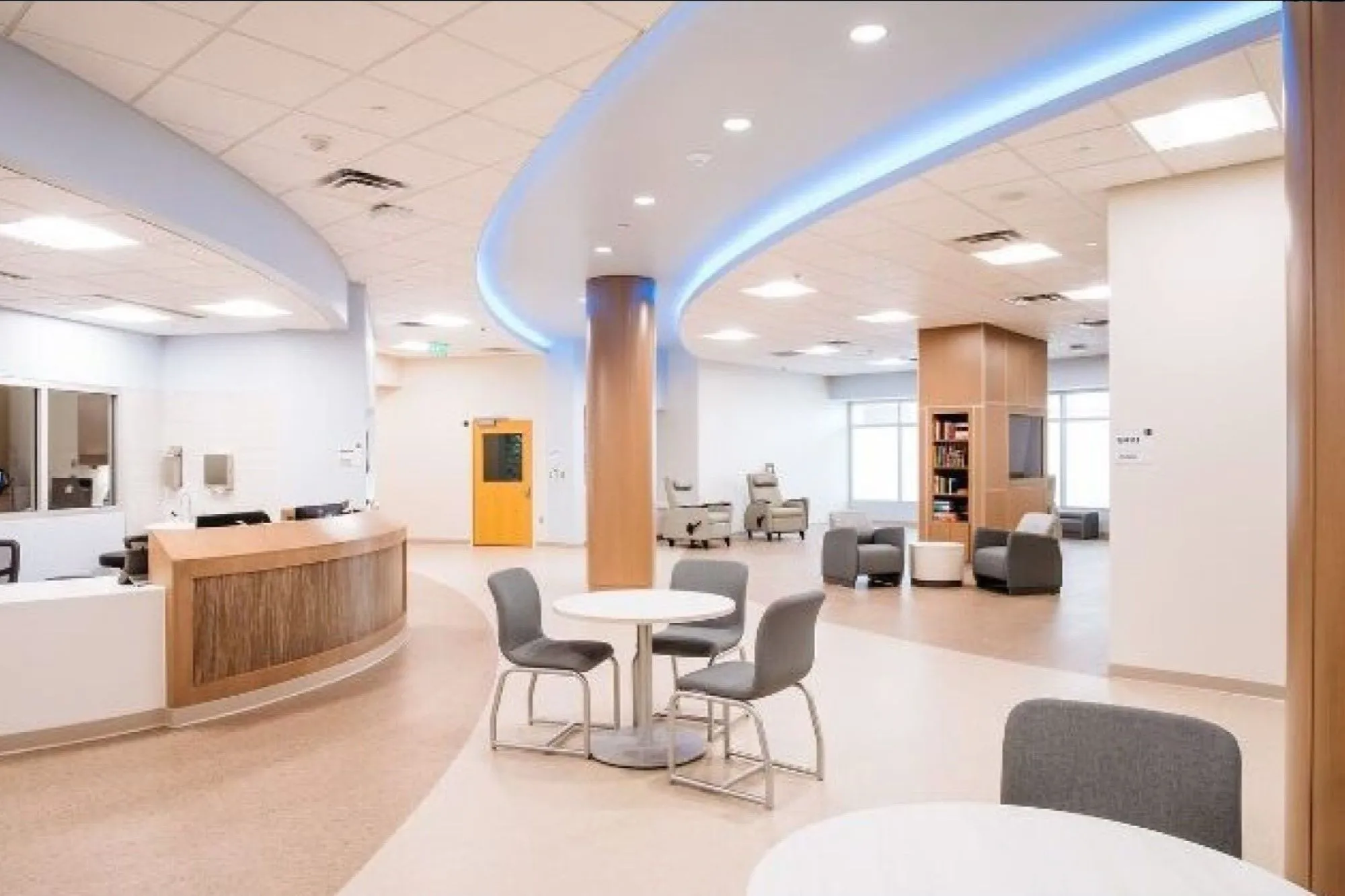Revolutionizing Emergency Psychiatry: A Journey of Innovation and Collaboration
In 2018, I had an idea that made me pretty unpopular with my psychiatrist colleagues.
I was Chair of Psychiatry at the Billings Clinic, Montana’s largest health system. I’ve always felt that physicians have a responsibility to do everything in our power to eliminate barriers to care and improve clinical outcomes.
Patients who had been showing up at our ER for emergency psychiatry or addiction treatment were waiting, on average, for at least 10 hours before they were seen by one of our specialists.
Patient volumes had been steadily rising over the previous 10 years. Every day, we were triaging and treating 12 to 17 patients in behavioral health crisis and they were traveling from as far as Northern Wyoming, the western half of North and South Dakota, and all of Montana.
Ours was the only psychiatric hospital serving an area of 125,000 square miles.
I felt strongly that our patients didn’t deserve to wait that long for care on what was often the worst day of their lives. After all, patients experiencing physical medical emergencies weren’t waiting that long for critical care.
Our hospital’s senior leaders agreed that we could be doing better.
First, accelerated access to care would improve clinical outcomes and patient satisfaction. Secondly, shorter wait times would quicken bed turnover in the ER, making it easier to deliver care to more patients, no matter what the emergency.
Thankfully, my bosses empowered me to find a better model of care for our psychiatric patients in the ER.
I remembered reading about Scott Zeller, MD’s innovative model he called the EmPATH unit. “EmPATH” is short for Emergency Psychiatric Assessment, Treatment and Healing.
The units are designed to be inviting, comfortable, and calming (see picture). They are staffed by psychiatrists, nurses, mental health techs, and social workers.
After visiting Dr. Zeller’s original EmPATH unit in Alameda, CA, I worked hard to successfully convince hospital leadership to help me replicate the approach in Billings, MT.
It was a great idea, so why were my psychiatrist colleagues resisting it?
It turns out I had done a terrible job of socializing the idea among my teammates. I had spent so much time trying to convince leaders and donors that this was a great solution that I neglected to bring along my peers on the frontline.
I was damn proud that I was bringing innovation to our department. Instead of basking in my brilliance, I should have been spending more time understanding how my colleagues felt about the approach.
I was learning a hard lesson in change management.
Ultimately, we opened the EmPATH unit and patient care improved in quality and efficiency. We lowered hospital admission and readmission rates, decreased the number of physical restraints, and shrunk wait times to below 4 hours.
Thanks to feedback from my colleagues, I learned to communicate early and often anytime I was contemplating another genius idea that affected others on my team.
